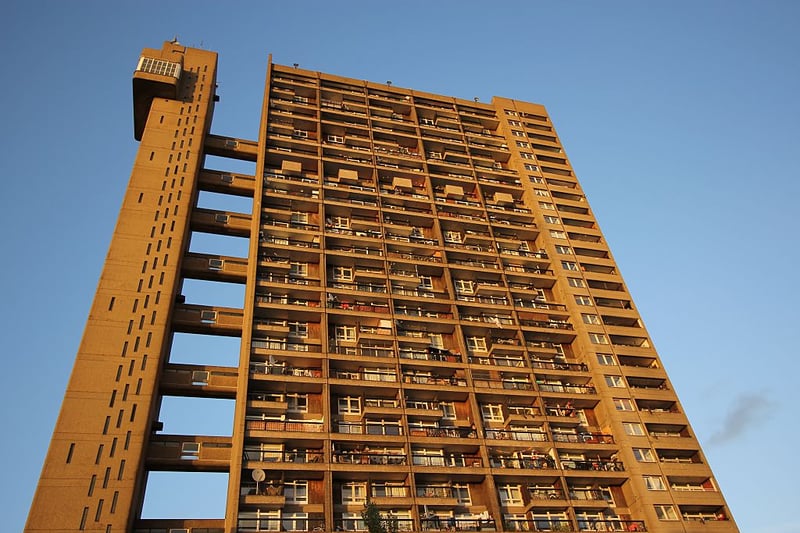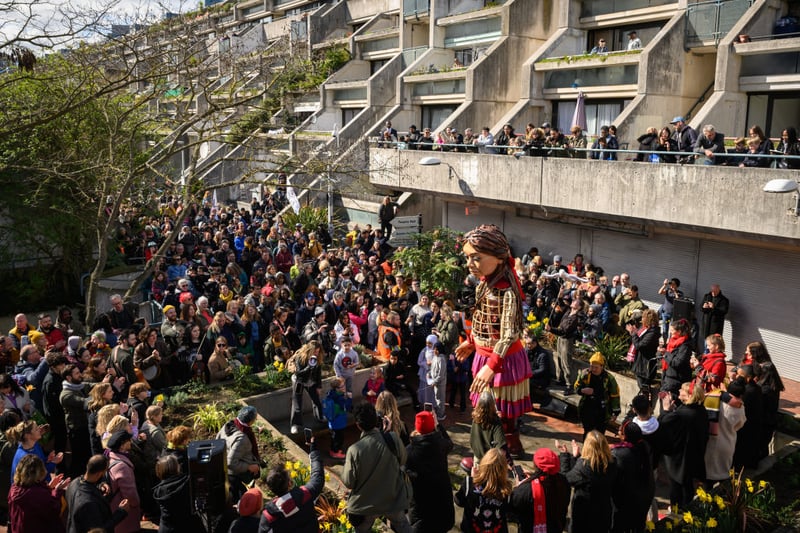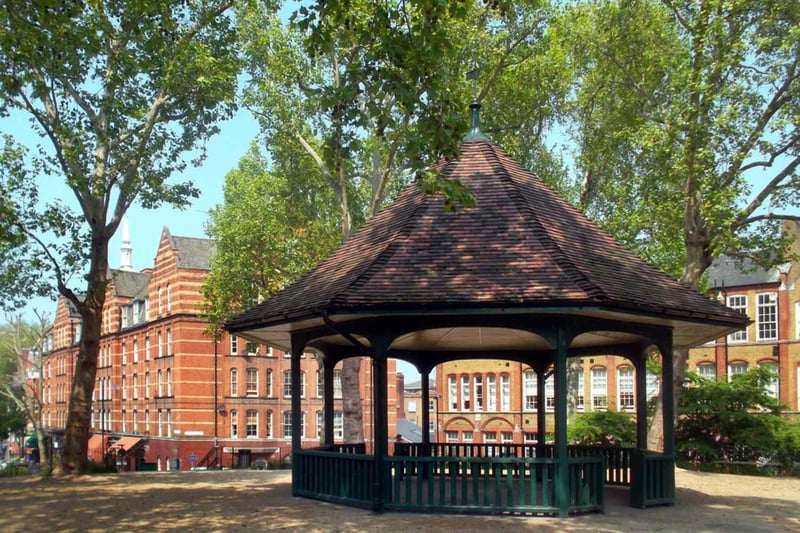Council housing first emerged in the UK following the introduction of the Housing of the Working Classes Act which was passed in 1980.
Historically council housing is public housing that is rented to households who are unable to afford to rent from the private sector or buy their own home.
It has been called council housing due to the role of district and borough councils managing the housing.
The first council estate to be built in London was the Boundary Street estate, on the border of Shoreditch and Bethnal Green in east London. It was developed from a slum area known as Old Nichol, renowned for its dreadful living conditions and extreme poverty. It was opened by the Prince of Wales in 1900.
This was followed by the Millbank Estate in Westminster, which was completed in 1902. The estate provided affordable rented flats for 4,430 people on a site that had previously been the notorious Millbank prison.
The Housing and Town Planning Act of 1919 was a watershed moment for council housing as it provided councils with subsidies to build houses in areas where there was high demand.
In 1921 work began on the Becontree estate in Barking and Dagenham, east London, the largest council housing estate in the world. It was built by the London county council to reward the families of soldiers who had served in the first world war.
From the 1950s, blocks of flats and three-or-four-storey blocks of maisonettes were widely built, alongside large developments of terraced housing, while the 1960s and to some degree the 1970s saw construction of many high-rise tower blocks. Flats and houses were also built in mixed estates.
Since 1979 council housing stock has been sold to private occupiers under the Right to Buy legislation, and new social housing has mainly been developed and managed by housing associations.
From the Trellick Tower to the Boundary Estate, we’ve taken a look at some of London’s most famous council estates.

1. Trellick Tower, North Kensington
Photo: Getty Images

2. Alexandria and Ainsworth estate, Camden

3. The Boundary Estate, Shoreditch

4. Bevin Court, Finsbury
